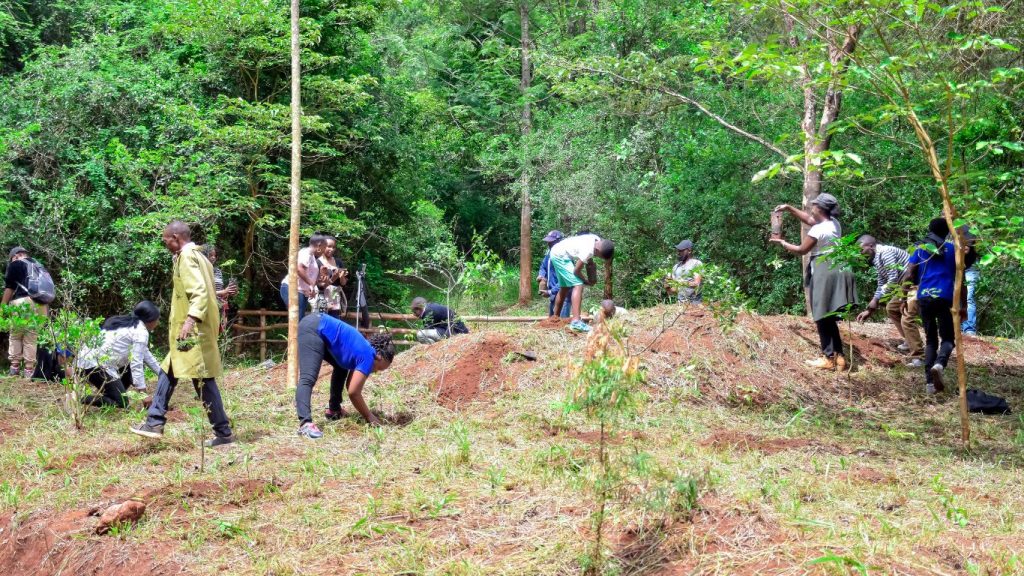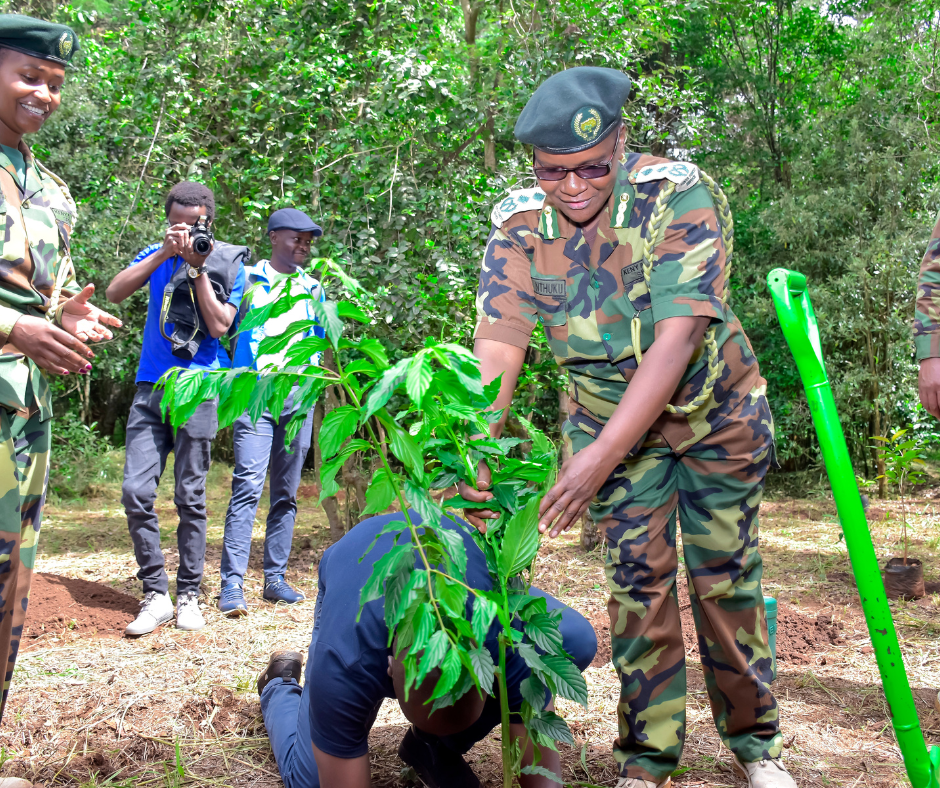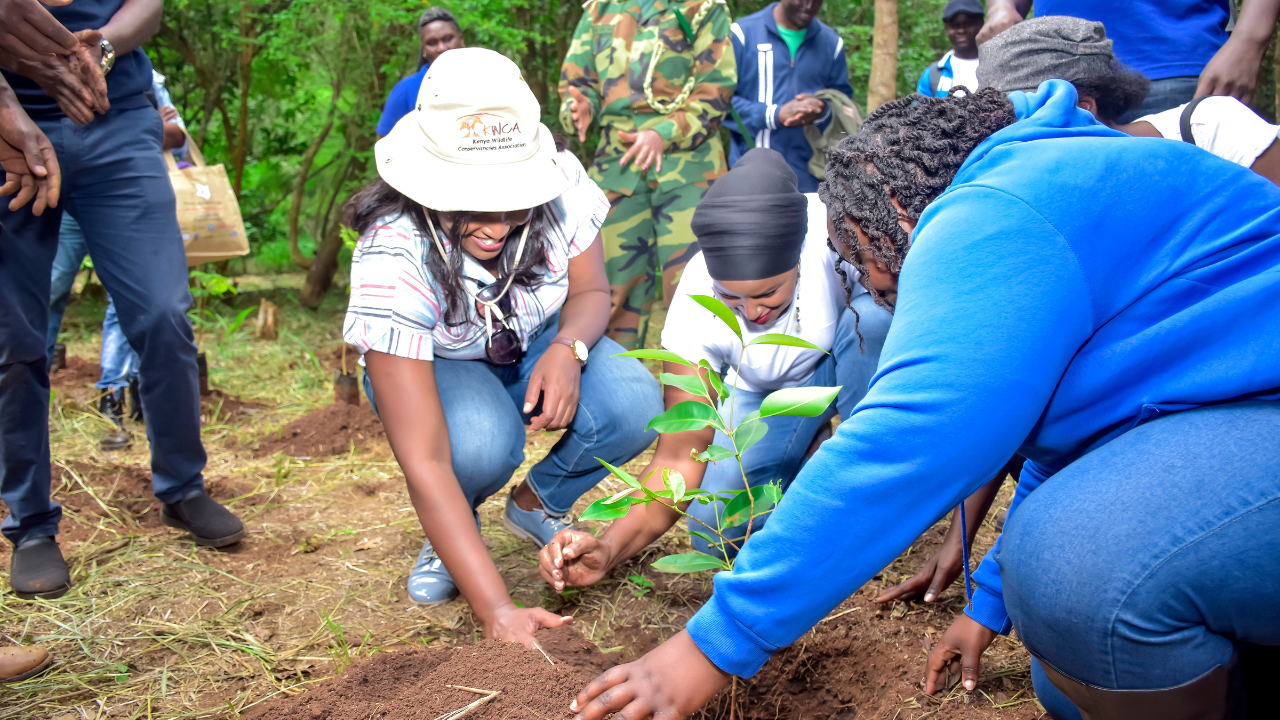By Carolyne Tomno
Kenya is harnessing Geo-Spacial Artificial intelligence for forest and biodiversity conservation. By comparing historical and current imagery data, geospatial AI can assess deforestation risks effectively. This is according to Silas Mulehi, a Geo spatial expert from the Directorate of Resources Surveys and Remote Sensing, Kenya.
The technology will help Authorities to identify areas with significant deforestation or forest degradation, enabling prioritized inspections and enhanced enforcement of the law.
Geo-spatial technology, will also contribute to reforestation and conservation efforts. leverages geospatial AI to provide near-real-time forest change data, aiding governments, non-governmental organizations and other stakeholders in monitoring deforestation.

By identifying degraded areas that require restoration or protection, governments and organizations can allocate resources efficiently and develop targeted strategies based on solid evidence securing a more sustainable future for all.
Using technology to protect livelihoods.
The technology enables the countrywide monitoring of forests as the government works towards the goal of achieving the target of having 5 billion trees in the next five years. Using remote sensing to monitor trends from 1970 to date.
The technology has enabled conservationists and other stakeholders to identify the drivers of degradation. Working in collaboration with the Kenya forest service the technology is able to identify blocks where Re-afforestation can be done and eco-systems with human interference. They have managed to fence ecosystem. The biggest challenge is land ownership. Most rangelands are found in ranches that fall in individual hands and therefore the Government needs to come up with mechanisms to support the protection of wildlife dispersal areas and wildlife corridors.
Biodiversity Conservation
Most of the wildlife dispersal areas in the country are diminishing at an alarming rate. “The thriving of settlements like Kitengela in the outskirts of Kenya’s capital city Nairobi, is interfering with the Athi- Kapiti dispersal area. When doing livelihood mapping monitoring and securing the livelihoods of communities a lot of effort needs to be put into conservation efforts.
There is also other biodiversity like flora and fauna. Agricultural activity is also reducing forest land. “We need policies to urgently address this because 80 percent of the population relies on Agriculture’, Mulehi adds. The Aberdare Forest is entirely fenced, with its nearly 400km long fence, the longest in the world, protecting over 2,000 sq. km of prime forests and water catchments, while the fencing of Mount Kenya Forest is ongoing. A
Community involvement
Joyce Nthuku from the Kenya forest service says that Karura forest serves a huge diverse population. She says KFS works with communities from low income areas by providing them with a source of income to reduce the damage caused to the forest. Kenya forest service, employs forest scouts and casual workers from the communities living adjacent to the forest. Change in land use for infrastructure and other purposes is leading to biodiversity loss.

Loise Ndegwa from the community forest association in Nyeri says community members are working with the Kenya forest service in conservation initiatives. She says communities living adjacent to forests are heavily impacted by forest degradation. “We have therefore started tree nurseries to provide seedlings to be planted in the forest and by community members”, says Joyce. Adding that members of the association, work with many stakeholders to conserve forests and to improve our livelihoods. The community also benefits by being trained by the Kenya forest service, on how to conserve and protect forests.
The Earth Journalism Network, brought together journalists, conservationists, environmentalists and government officials to in mark the day at Karura Forest, perhaps one of Kenya’s best conservation success stories. This year’s Earth Day theme was Invest in our planet .Earth day is annual event held on 22 April.
—————————–ends—————————–




